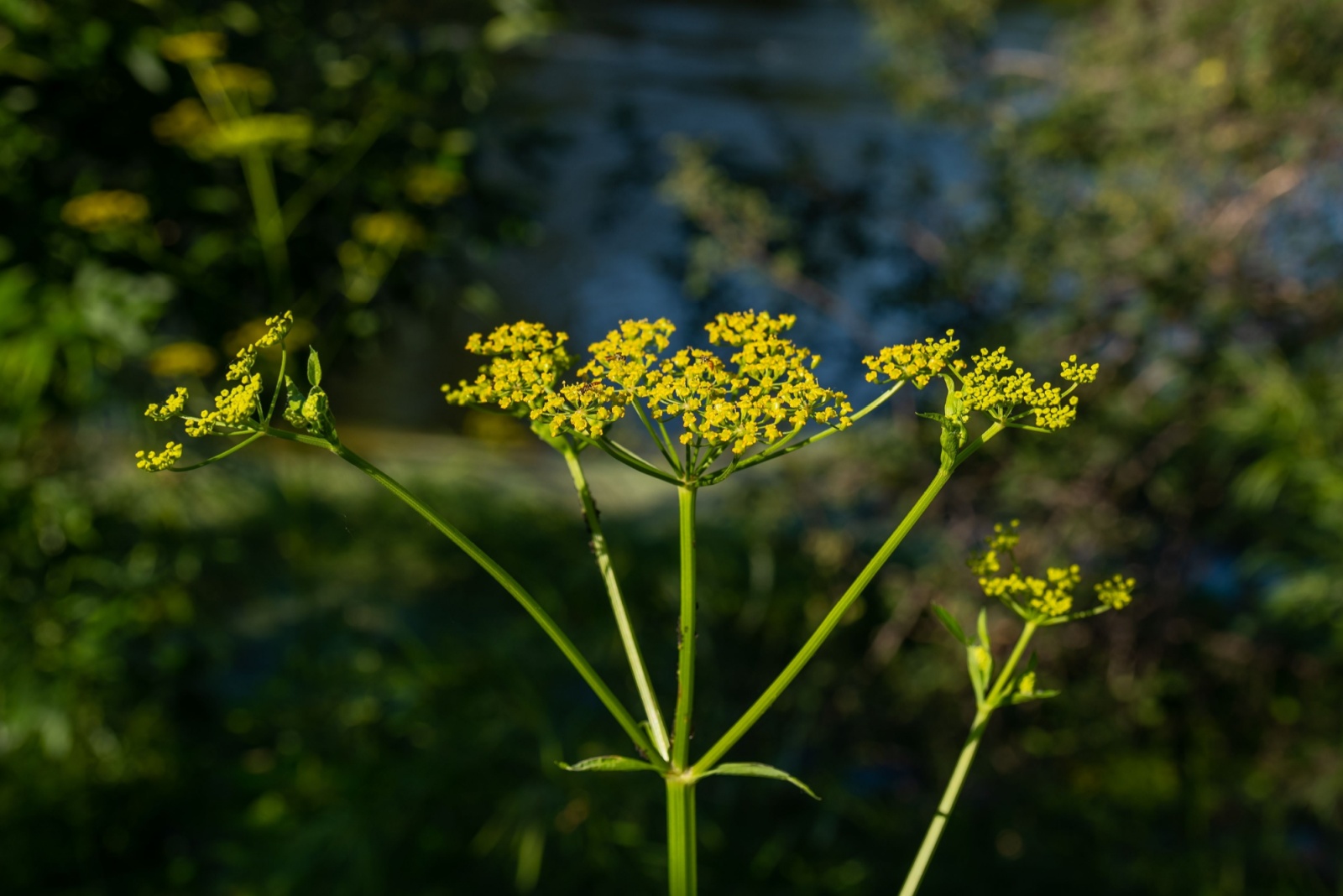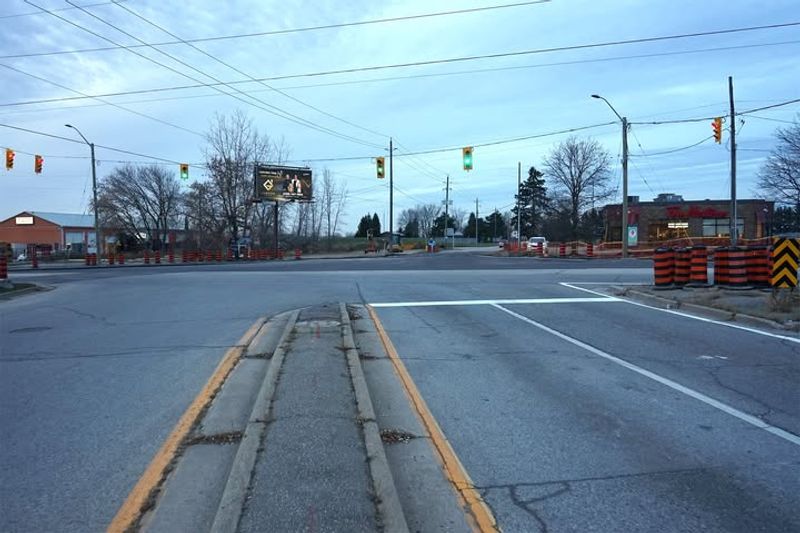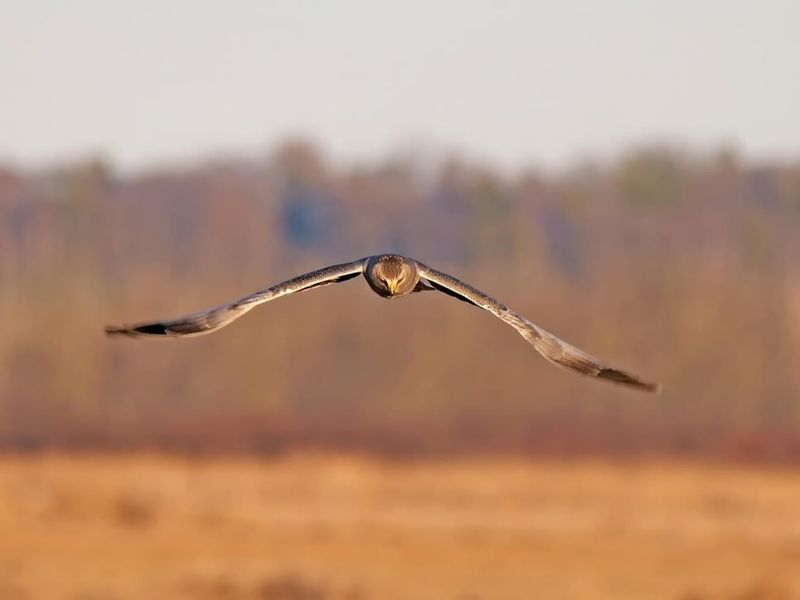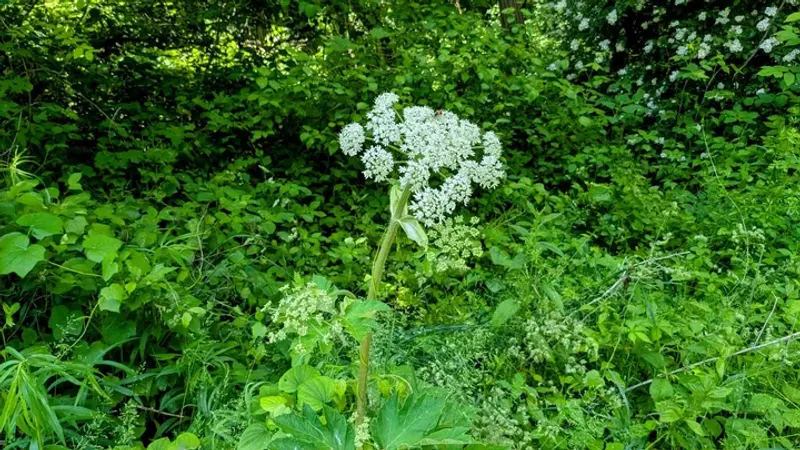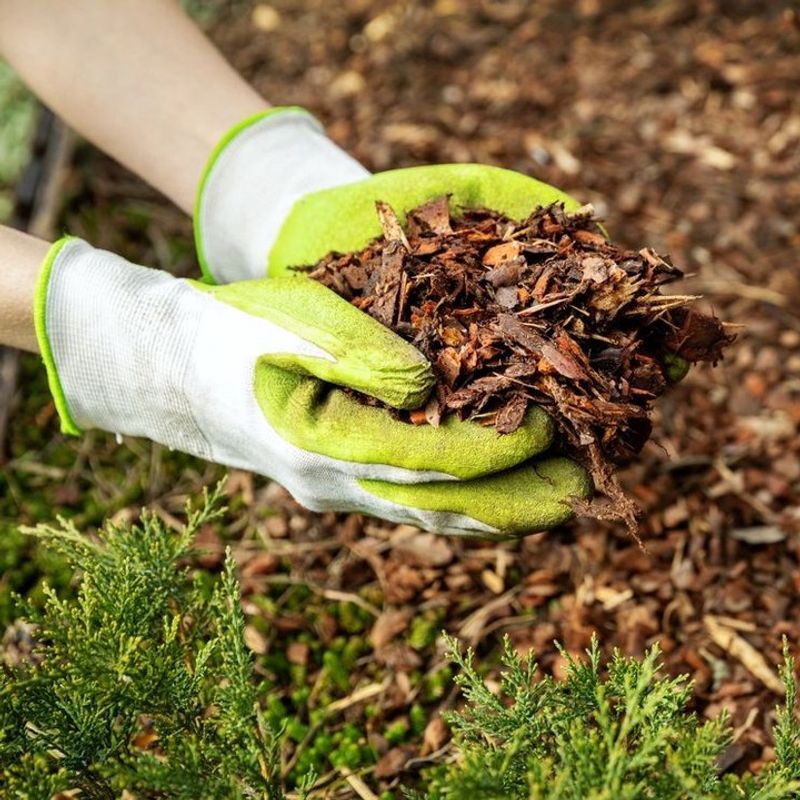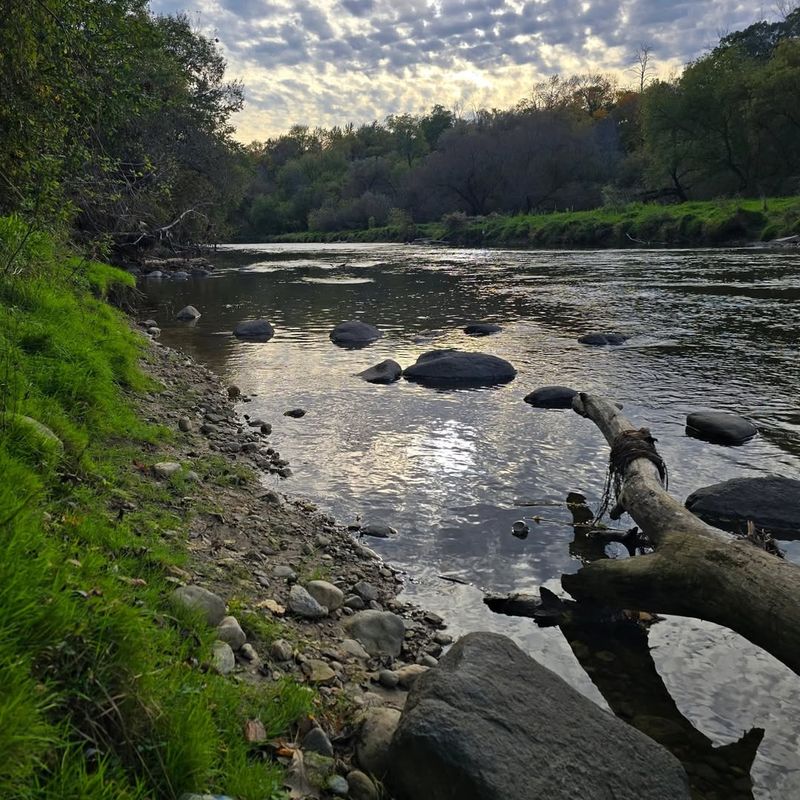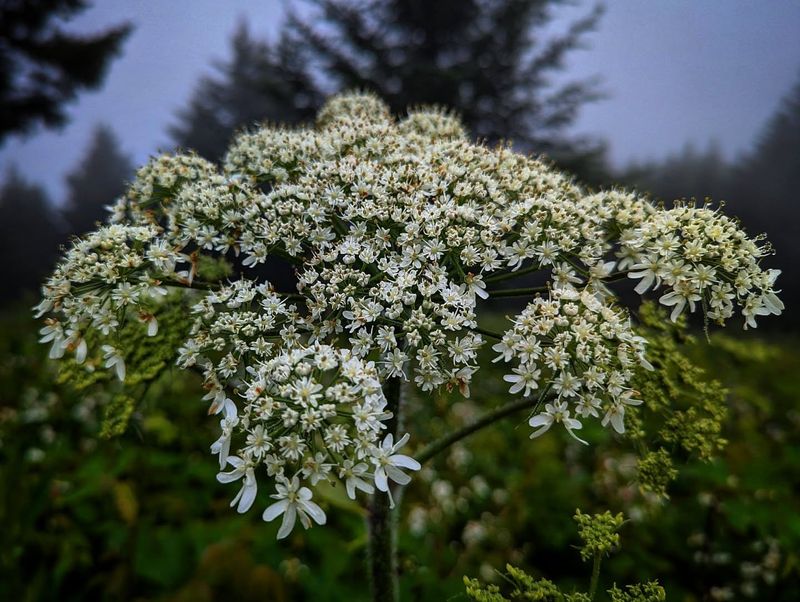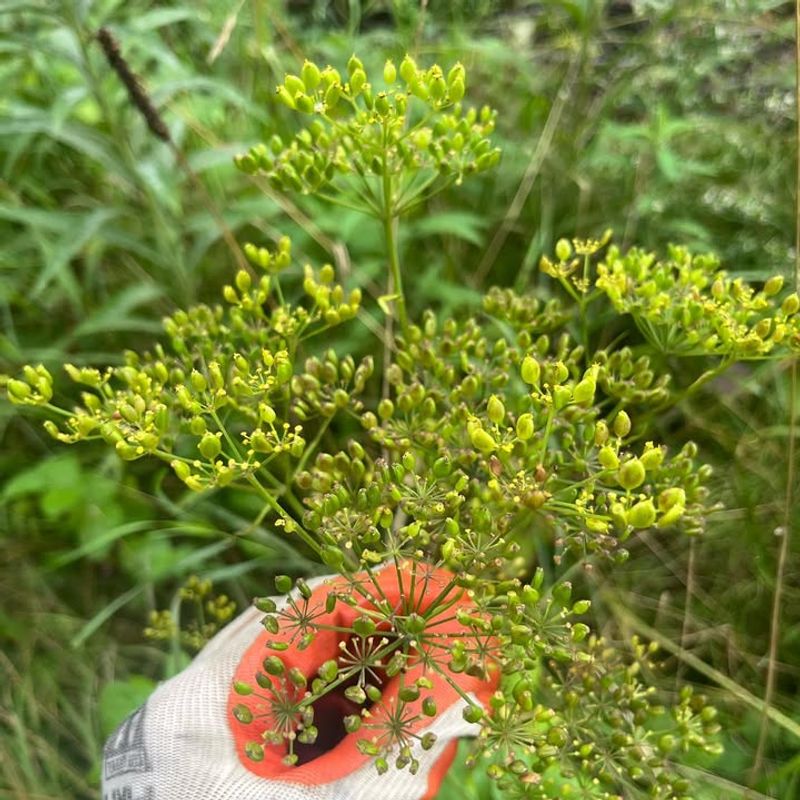Wild parsnip has been popping up in neighborhoods across Wisconsin, and it’s becoming a real concern for families and communities.
This invasive plant might look harmless with its yellow flowers, but it contains toxic sap that can cause painful burns and blisters on your skin.
Understanding why this dangerous plant is spreading helps us protect ourselves and our loved ones from harm.
Road Construction And Highway Expansion Projects
Construction crews working on roads often disturb soil in ways that help wild parsnip seeds spread.
Heavy machinery breaks up the ground, creating perfect spots for these plants to take root and grow.
Seeds hiding in the dirt get moved around by equipment, trucks, and workers, and this is applicable anywhere, not only Wisconsin.
Once the construction finishes, disturbed soil becomes an ideal home for wild parsnip to flourish without competition from other plants that were there before.
Climate Change Creating Warmer Growing Seasons
Wisconsin’s weather patterns have shifted over recent years, giving wild parsnip more time to grow and spread.
Longer warm seasons mean these invasive plants can produce more seeds before winter arrives.
Milder winters don’t destroy as many seeds as they used to either.
The plant thrives when temperatures stay moderate, allowing it to establish stronger roots and expand into new suburban areas where it couldn’t survive before.
Reduced Mowing Along Public Rights-Of-Way
Many Wisconsin communities have cut back on how often they mow public areas to save money.
Wild parsnip loves these unmowed spaces because it can grow tall and produce thousands of seeds without interruption.
Budget cuts mean fewer maintenance crews and less frequent trimming schedules.
When plants aren’t mowed down regularly, wild parsnip takes advantage by spreading rapidly through ditches, parks, and along sidewalks near suburban homes where kids and pets play.
Wildlife And Birds Transporting Seeds
Birds and small animals accidentally carry wild parsnip seeds on their fur and feathers as they move through neighborhoods.
A single deer walking through your yard in Wisconsin might deposit dozens of seeds without anyone noticing.
Seeds stick to animals easily and fall off in new locations far from the original plant.
This natural transportation system helps wild parsnip jump from one suburban area to another, even crossing barriers that would normally stop plant spread.
Abandoned Lots And Vacant Properties
Empty lots in expanding suburban areas become perfect breeding grounds for wild parsnip.
Nobody maintains these spaces, so invasive plants can grow wild without anyone trying to control them.
Property owners sometimes leave land vacant for years while waiting to develop or sell it.
During that time, wild parsnip establishes deep roots and produces countless seeds that blow into neighboring yards, parks, and playgrounds where children gather.
Contaminated Topsoil And Landscaping Materials
Landscaping companies sometimes deliver topsoil or mulch that contains hidden wild parsnip seeds.
Homeowners spread this contaminated material in their gardens without knowing they’re introducing a dangerous invasive plant to their property.
Seeds can survive in stored soil for several years, waiting for the right conditions to sprout.
One truckload of infected dirt can introduce wild parsnip to an entire neighborhood, starting an infestation that spreads quickly through suburban communities.
Stormwater Runoff Carrying Seeds Downstream
Heavy rains wash wild parsnip seeds from higher ground down into suburban neighborhoods below.
Water carries these tiny seeds through storm drains, ditches, and streams, depositing them in new locations miles away from the parent plant.
Flash floods and strong storms move seeds even faster than normal rainfall.
Once seeds settle in wet areas after a storm, they germinate quickly and establish new colonies near homes, schools, and walking trails.
Lack Of Public Awareness About Identification
Most people can’t recognize wild parsnip when they see it, so they don’t remove it from their yards.
The plant looks similar to harmless wildflowers, which tricks homeowners into letting it grow and spread unchecked.
Without proper education, residents don’t understand the danger this plant poses to their families.
Kids might pick the yellow flowers not knowing the toxic sap causes severe burns, while adults mistake it for Queen Anne’s lace or other safe plants.
Expansion Of Suburban Development Into Rural Areas
As suburbs grow outward over Wisconsin, construction disturbs rural land where wild parsnip already grows naturally.
Bulldozers and grading equipment spread seeds from farmland into new housing developments, bringing the invasive plant directly into residential neighborhoods.
New subdivisions often border fields and natural areas filled with wild parsnip.
Wind and animals easily carry seeds from these wild spaces into freshly landscaped yards, starting infestations before homeowners even move in.

